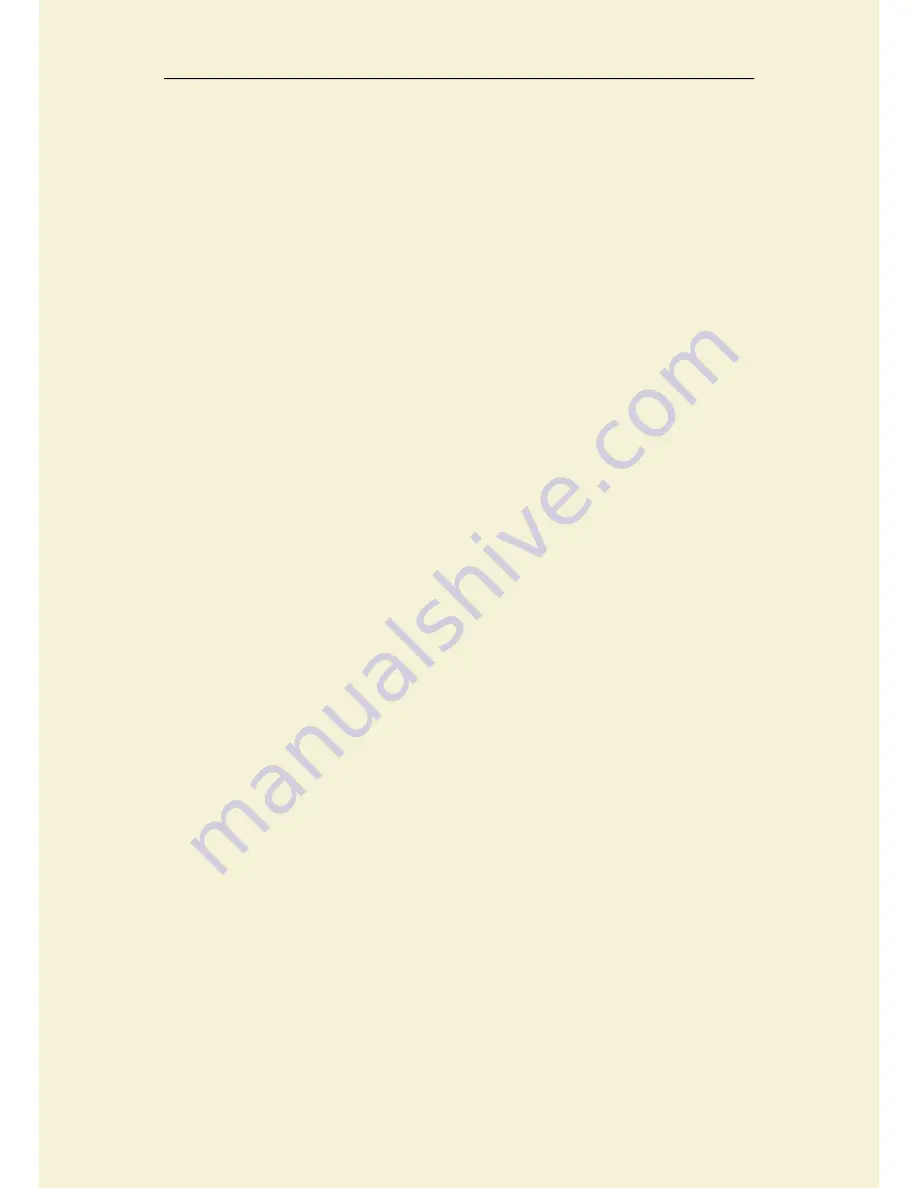
21
new location. Thankfully, there are several settings in Cura can help with this
issue. The most common setting that is used to combat excessive stringing is
something that is known as retraction. If retraction is enabled, when the extruder
is done printing one section of your model, the filament will be pulled backwards
into the nozzle to act as a countermeasure against oozing. When it is time to
begin printing again, the filament will be pushed back into the nozzle so that
plastic once again begins extruding from the tip. To ensure retraction is enabled,
click “Basic” and click on the Quality tab. Ensure that the retraction option is
enabled for your extruder. In the sections below, we will discuss the important
retraction settings as well as several other settings that can be used to combat
stringing, such as the extruder temperature settings.
6.1 Retraction distance
The most important retraction setting is the retraction distance. This
determines how much plastic is pulled out of the nozzle. In Cura, you can click
“Advanced” and click Retraction tab to set retraction distance. In general, the
more plastic that is retracted from the nozzle, the less likely the nozzle is to ooze
while moving. Most direct-drive extruders only require a retraction distance of 3.5
mm. If you encounter stringing with your prints, try increasing the retraction
distance by 0.5mm every time and test again to see if the performance improves.






























